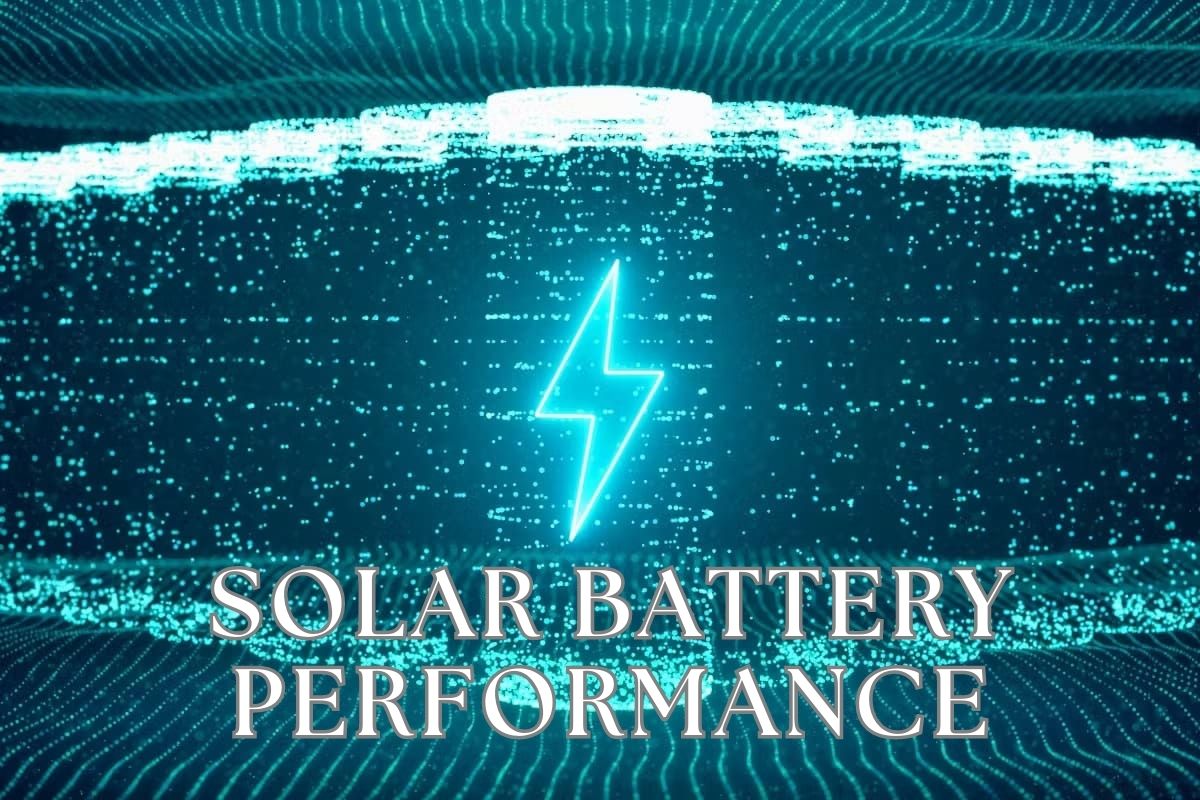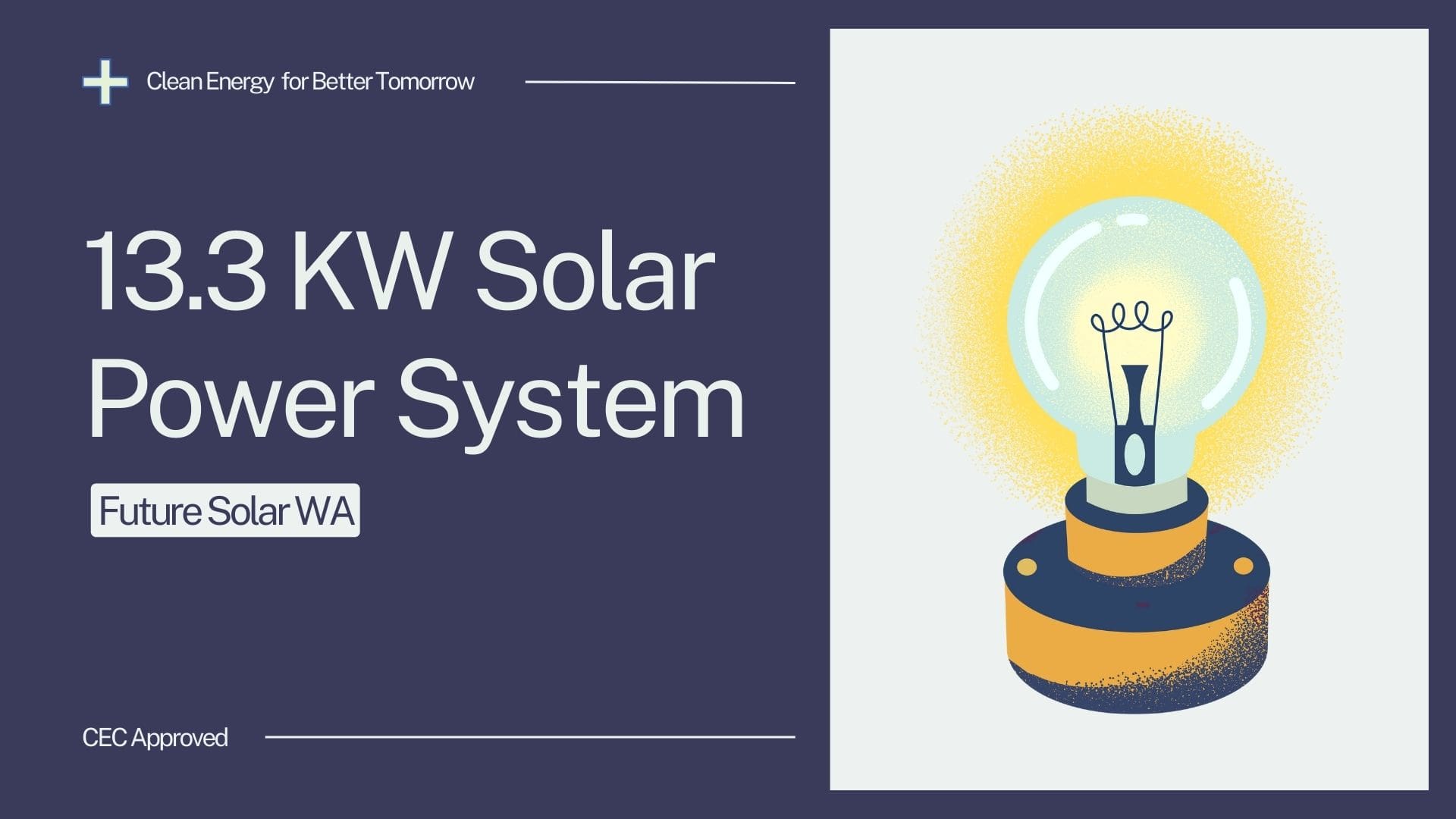This article explains in detail the RoI for 20KW solar system. This will cover 20KW commercial power system cost including 20KW commercial solar panel price, 20KW commercial solar power system installation and 20KW commercial solar panel repair. Specific advantages of 20kW commercial solar panel in Perth WA will also be covered.
Most of the Australian continent receives more than 4 kWh of potential solar power per square meter per day. When combined with the dry climate, it is an ideal location to install solar power systems
Perth, WA enjoys abundant sunlight for most of the year, and with rising electricity prices, the Government is promoting solar energy installations through various subsidies and incentives. Every day without solar is a missed opportunity. Let’s explore the factors that contribute to the Return on Investment (ROI) for a 20kW commercial power system. Additionally, any surplus power you generate can be sold back to the grid through Western Australia’s renewable energy buyback scheme.
Power Generation and Area Required by a 20kW Commercial Solar System
On average, a 20kW Solar System generates 80 to 90 kWh or kilowatt-hours per day. In normal terms, this is the unit of electricity which implies a 20kW solar system provides 80-90 units per day.
(Data Source:
Referring to this article, it shows four type of households in Australia with different appliances and consumption patterns. If we put aside household type 1 which probably is a low percentage, the others average as follows – household type 2 about 22 unitsperday, household type 3 about 14 units per day and household type4about 7 units per day. One can assess from this that an average household in Australia consumes 16-20 units per day. Hence, a small business that would have about 4 to 6 times the daily consumption is recommended a 20kW Commercial Solar System. As a business entity, one can use these parameters to ascertain their requirement. It should also be considered that such a solar system would efficiently work for around 30 years, on normal recommended maintenance.
A 20kW Solar System will require a 100 to 136 square meters area for installation. The type of panel used, angle of tilt for the sun, shade at the site, etc. can be some factors that contribute to the variation.
20KW Commercial Power System Cost
Both off-grid and on-grid solar systems are eligible for incentives and subsidies. On-grid systems typically require solar panels and inverters, along with mounting, racks, and wiring, which are tailored to the available installation area. Off-grid systems, however, also need batteries for energy storage since they operate independently from the main grid.
The cost of the system can be calculated as follows
1. One time installation cost:
- 20kW commercial solar panel: the number of panels required multiplied by the price
- Inverter
- Racks, mounts, wiring, etc.
- Off-grid equipment, if required
- Labor cost for installation
2. Finance cost:
- If financing is done from internal resources there is an opportunity cost of this capital
- If financing options are being taken, then depending upon the option chosen the cost can be calculated
3. Maintenance cost:
- Renewable Energy Standards lays down guidelines for maintenance. It is recommended to follow the guidelines. A well-maintained system will be more effective and last longer. It improves the Return on Investment and is money well spent.
4. Warranties:
- Check out the warranties of the components and the obligations of the installer. Buying from a certified installer would make you eligible to get the warranties.
- Further, there are exclusions based on weather, non-compliant installation practices, non-compliant repairs, moving the installation without the knowledge of the installer, mishandling, and breakages in transport. To overcome this, one can opt for insurance or work out a methodology when finalizing the contract with the installer.
5. Repairs:
- Higher quality components, certified installations and maintenance practices help in getting proper customer support when required and servicing of warranties. This reduces repair costs substantially.
- On the other hand, if a conscious decision to save some costs initially is taken, then one must be prepared to spend more on repairs and replacement to keep the system effective and long-lasting.
6. Subsidies and Incentives:
- You should be aware of the subsidies and incentives that the Government is providing in your area.
- Being aware is the first step to matching the information that your installer would give you.
- These subsidies and incentives will be factored into the final cost that you would pay for the installation.
20KW Commercial Power System Savings
There are two scenarios here that one needs to understand
1. Consumption is more than the solar units generated:
- In this case, energy from the grid is also being utilized to cover the gap.
- The cost per unit generated by your solar system is equal to the total units generated divided by the total cost.
- The difference in the cost per unit of the electricity purchased from the grid versus the solar cost per unit would be your saving.
- The number of units required to equate this saving to the cost of the system will provide you the payback period or return on investment.
2. Consumption is less than the solar units generated:
- In this case, surplus solar units are being generated that will generate some money through renewable energy buyback scheme.
- You save on the difference between the electricity purchase unit and the solar unit generated for the solar units that you consume. You also generate some money for the surplus solar units you provide to the grid to participate in the renewable energy buyback scheme
- Accordingly, the payback period or return on investment can be calculated.
Reference has been taken from (Data Source:www.ecogeneration.com.au) in parts to get a better understanding and build up the content of this article.
Conclusion
To summarize, the most important is the installation cost. You must get an authorized contractor for this. Based on warranties of each item you are procuring, your decision should consider the life of usage, the cost of maintenance and repairs. Cheaper items may have higher maintenance and repair costs proving to end up being costlier.
Another factor in your decision is the cost of financing which involves how much you can afford as a downpayment and which other options of financing are on offer.
Consider the incentives and subsidies which are likely to be discounted in the installation cost.
Finally look at the renewable energy buyback scheme and check where you stand.



